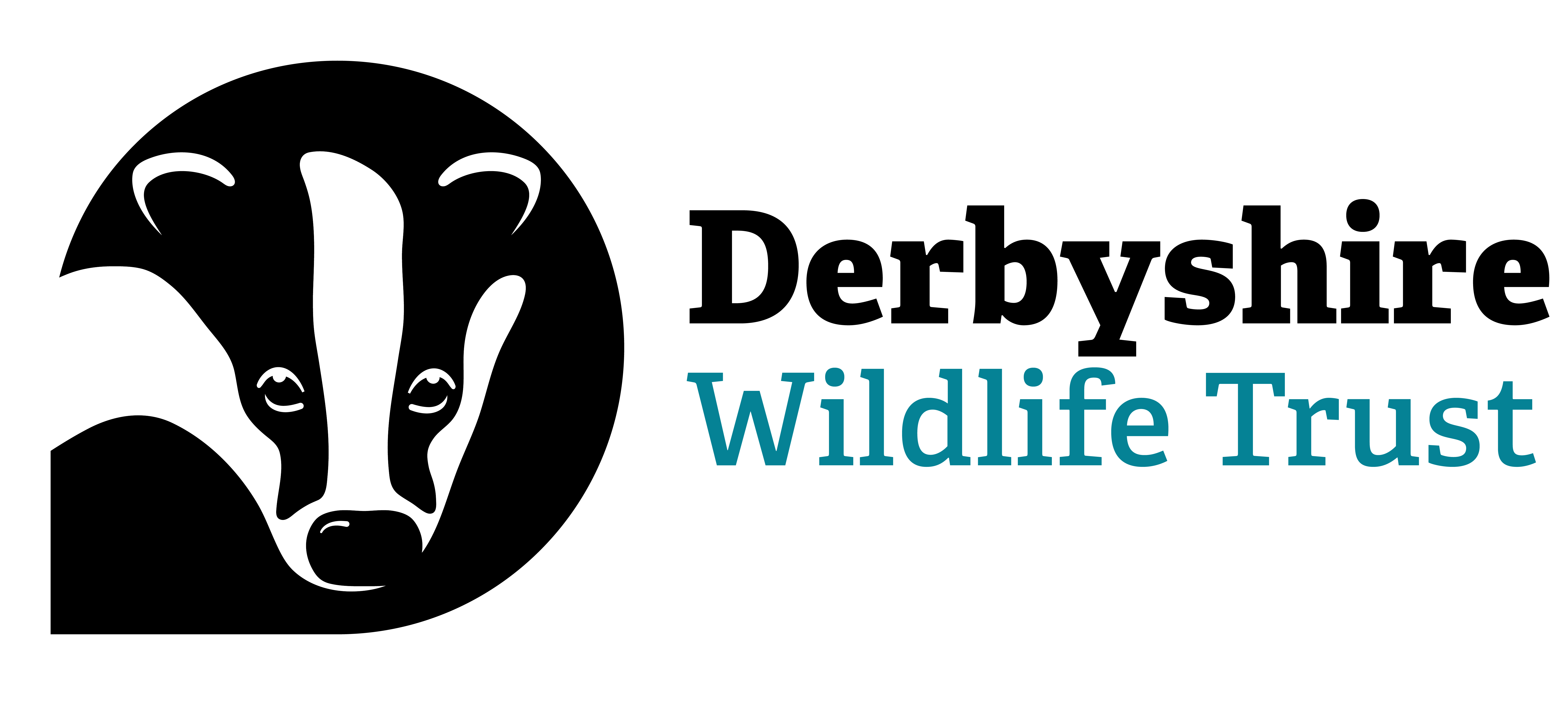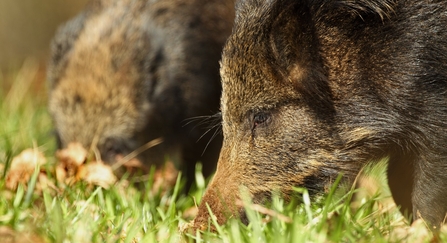In the relatively recent past, large herbivores such as aurochs, elk, beavers, wild horses, wild boar, red deer and bison roamed Derbyshire’s landscape. Whilst their grazing may have only been the normal feeding time for these creatures, their actions were fundamental to the development of diverse and dynamic habitats within a complex, healthy and functioning ecosystem.
Grazing by large herbivores remains the most natural and effective way of managing vegetation, shaping the landscape in ways that human interventions and machinery simply cannot replicate.



